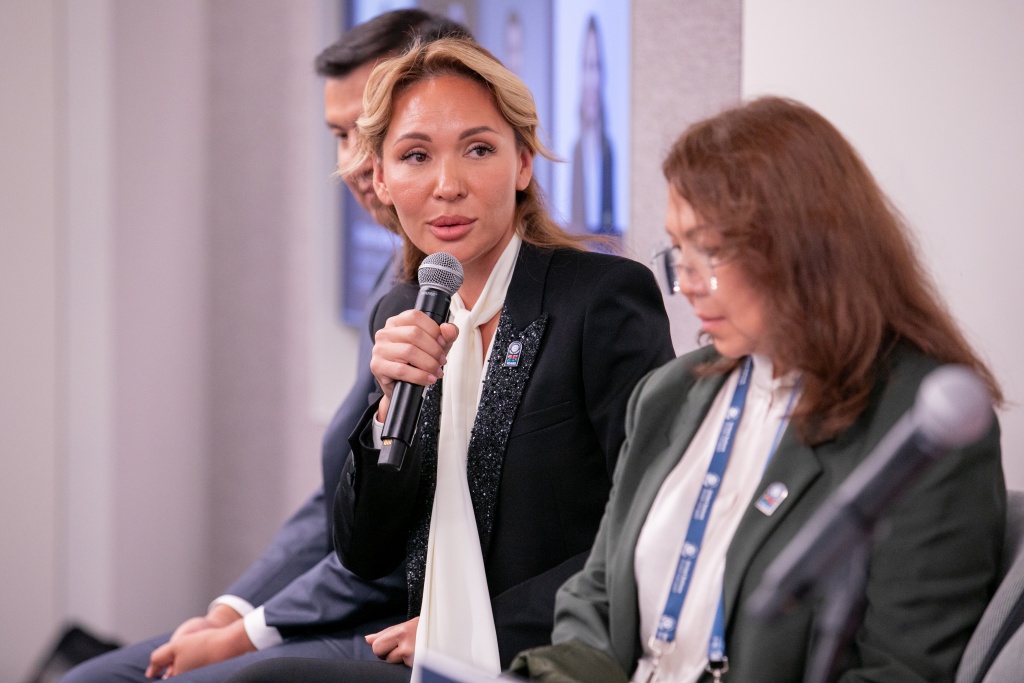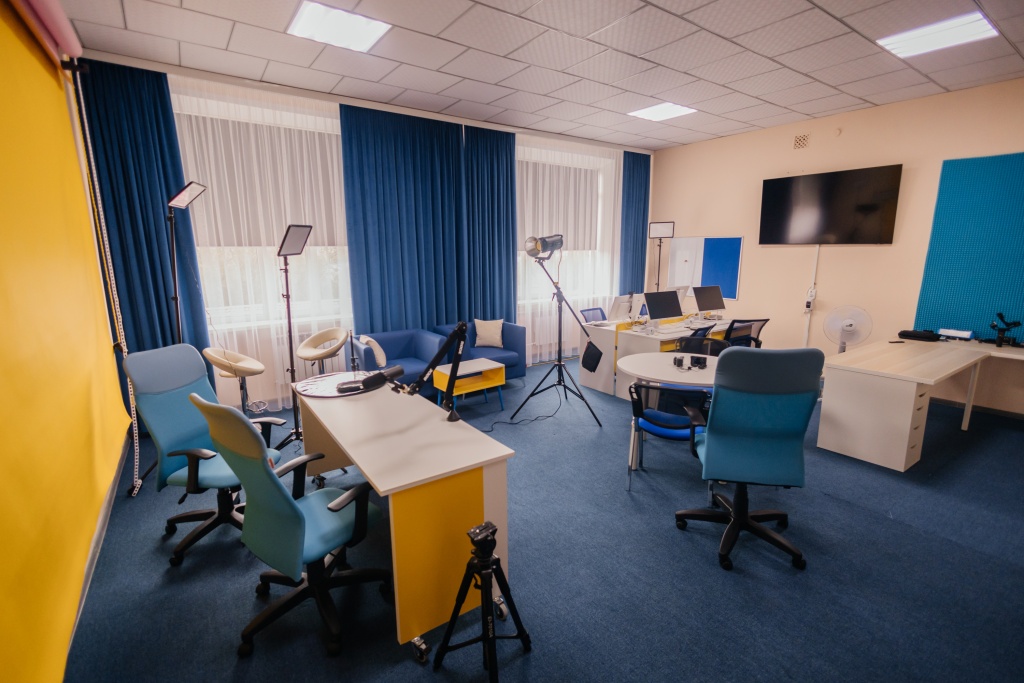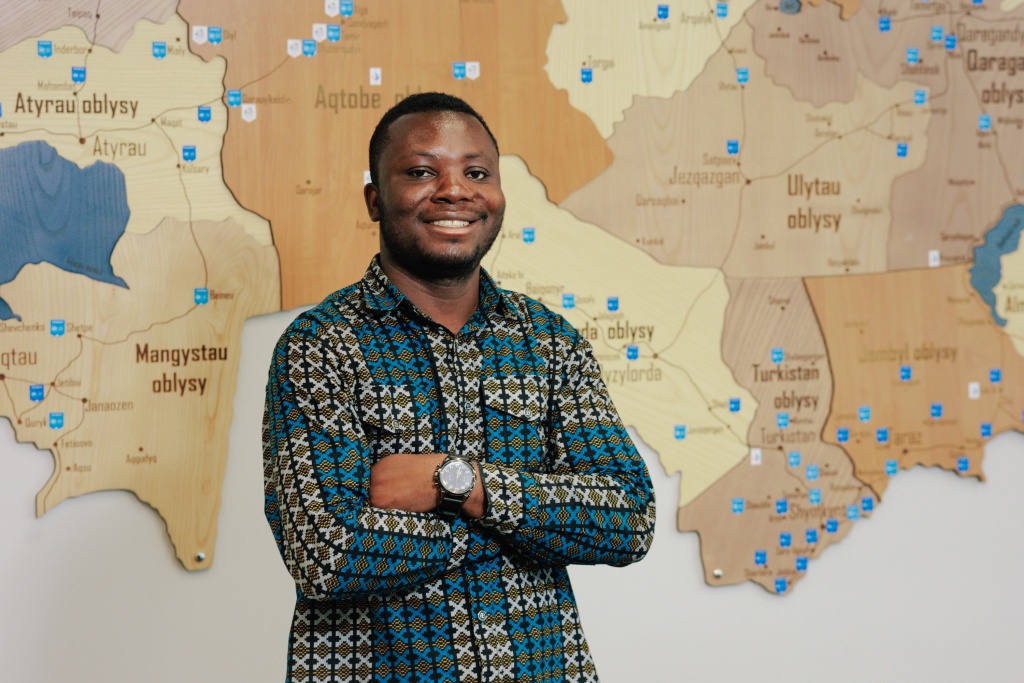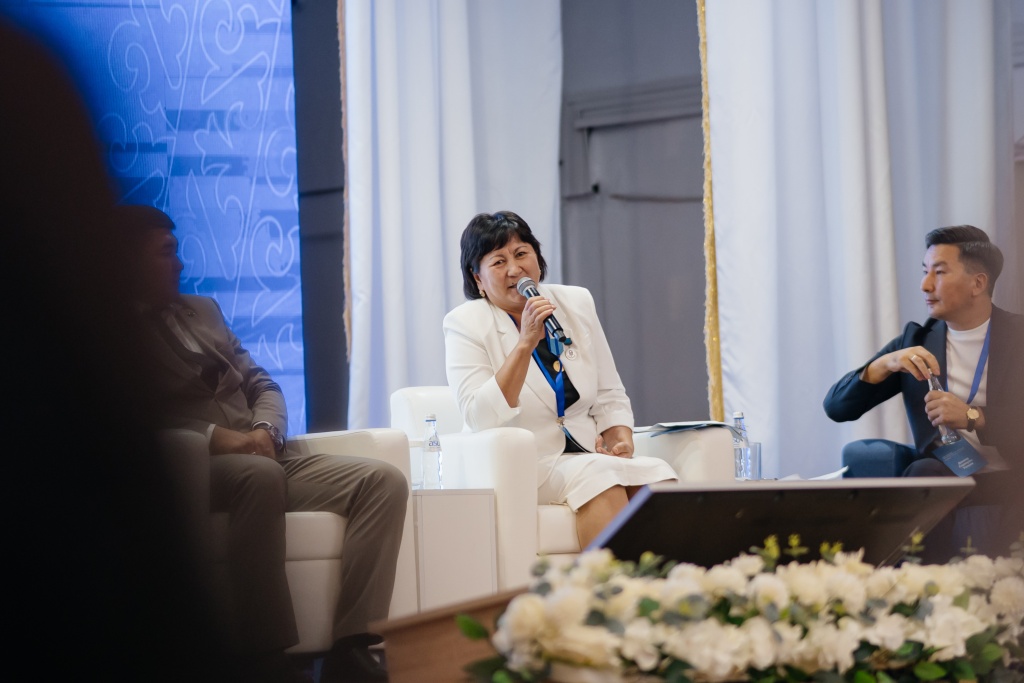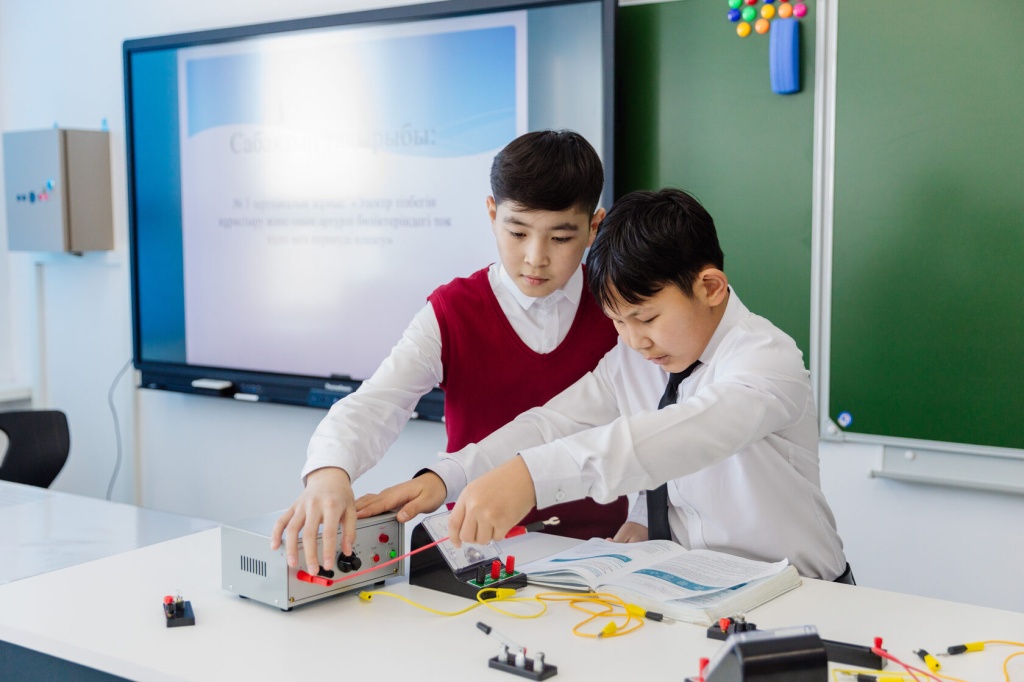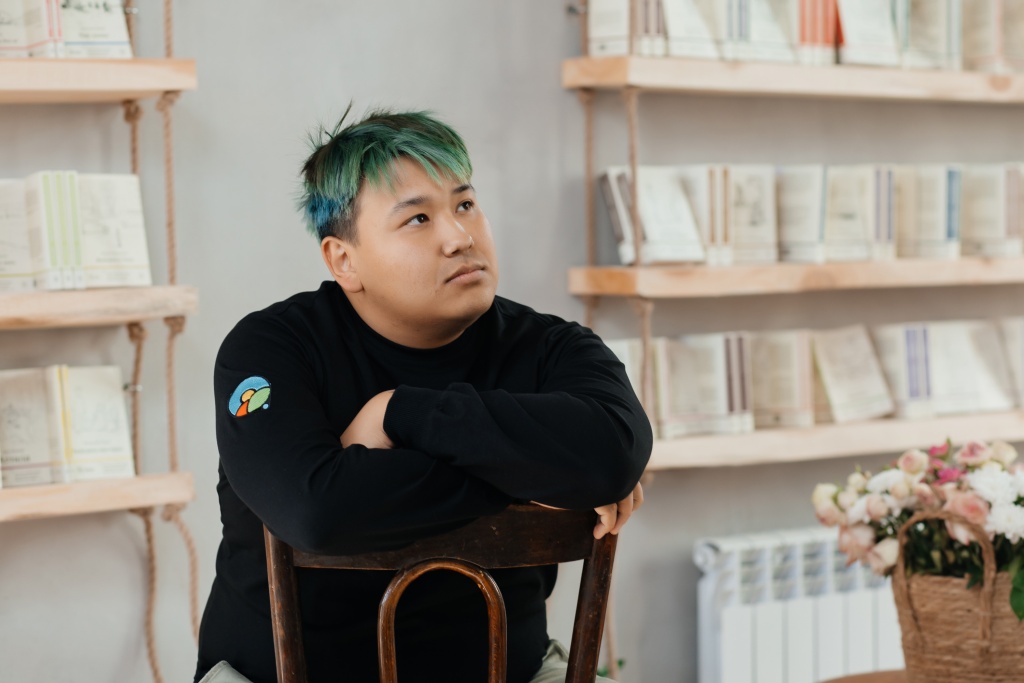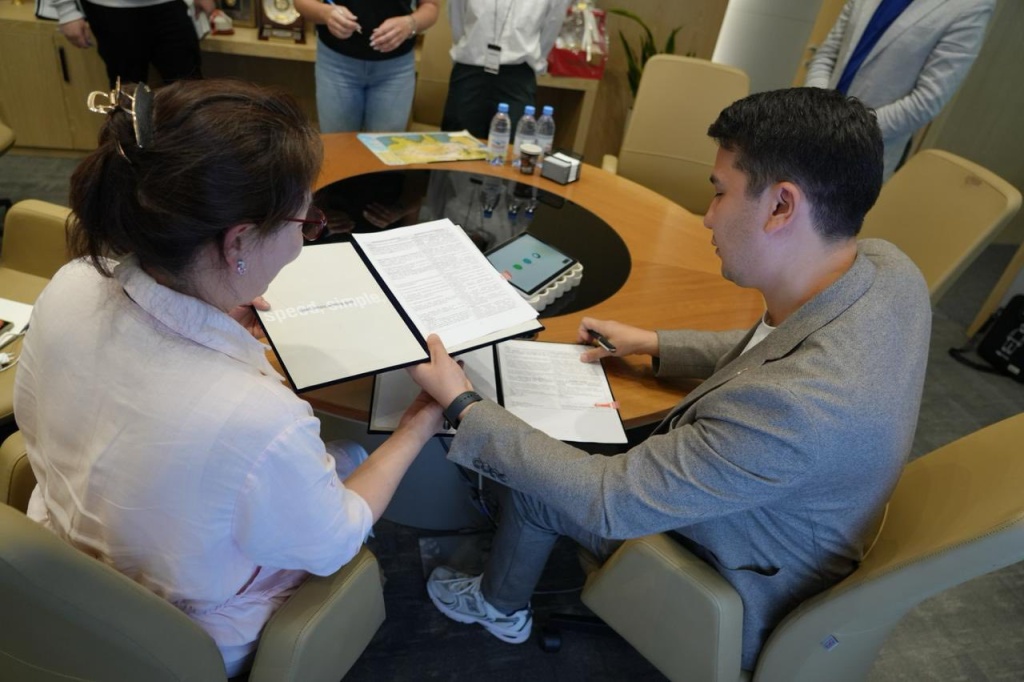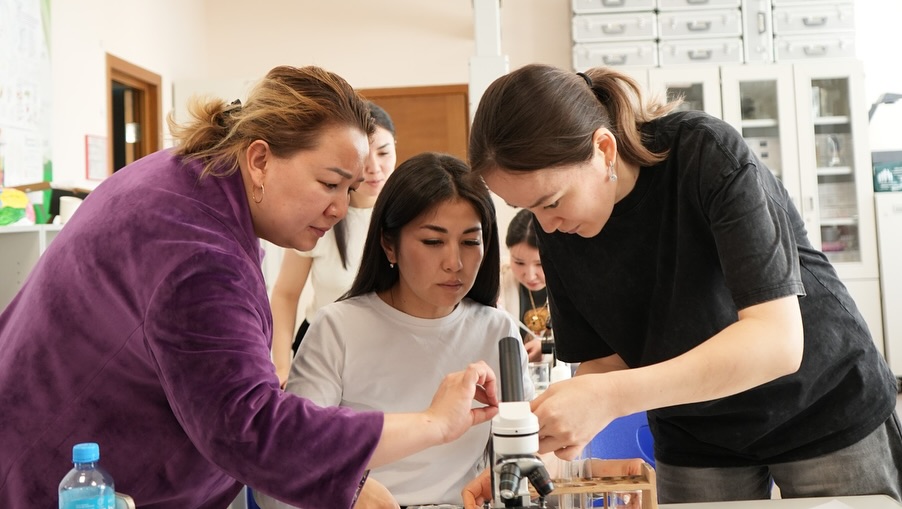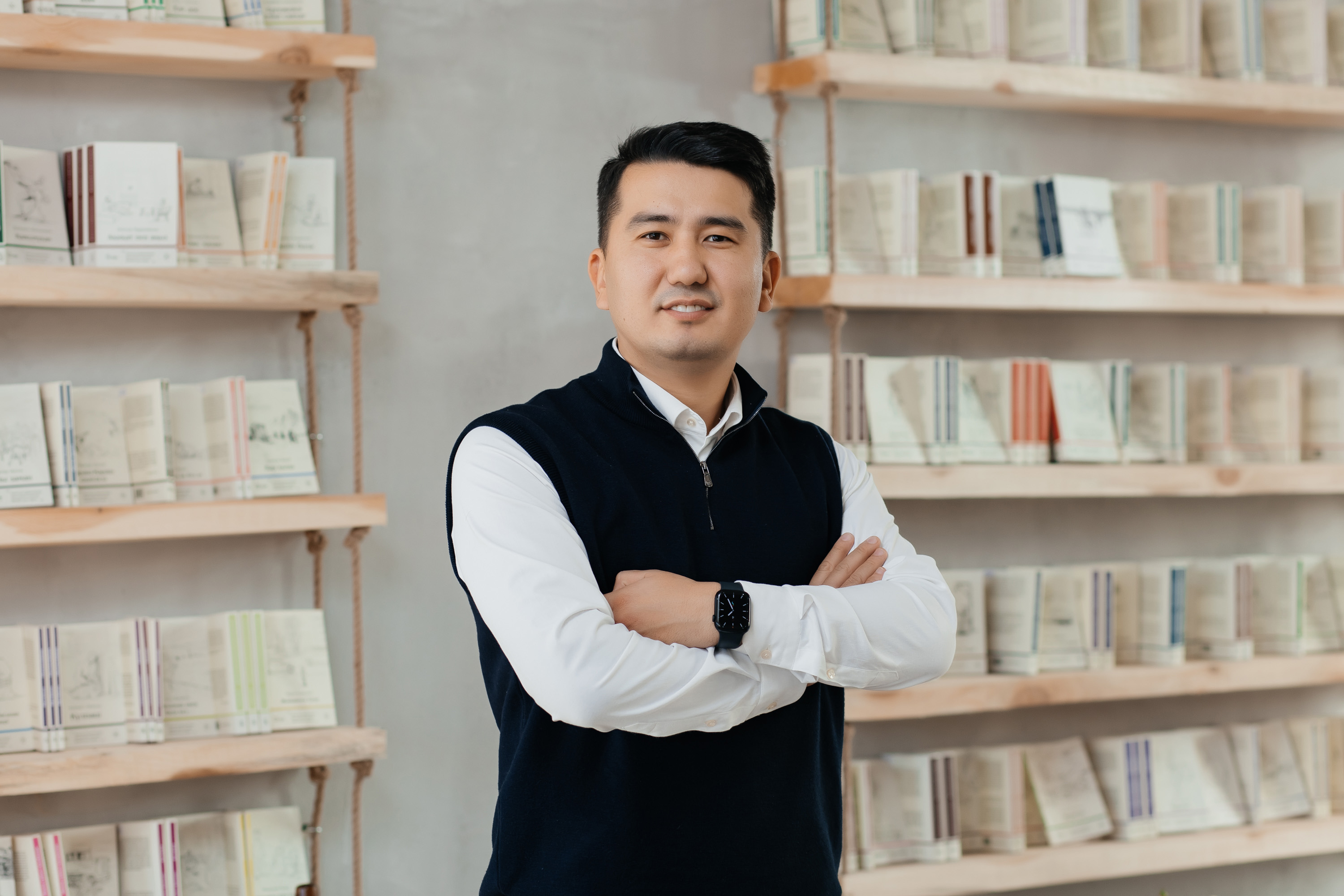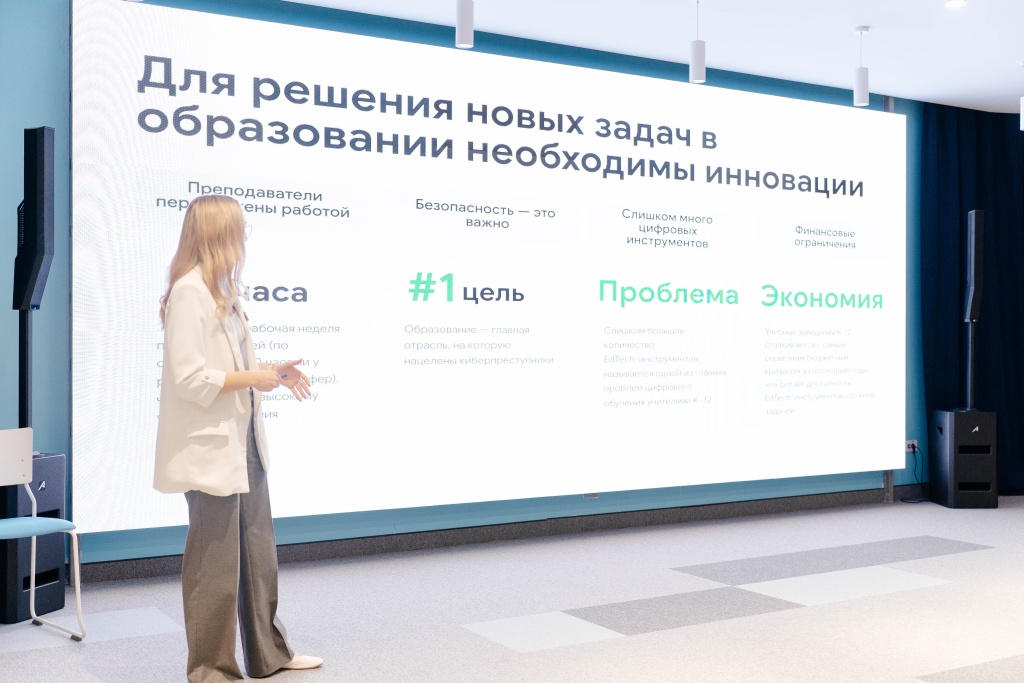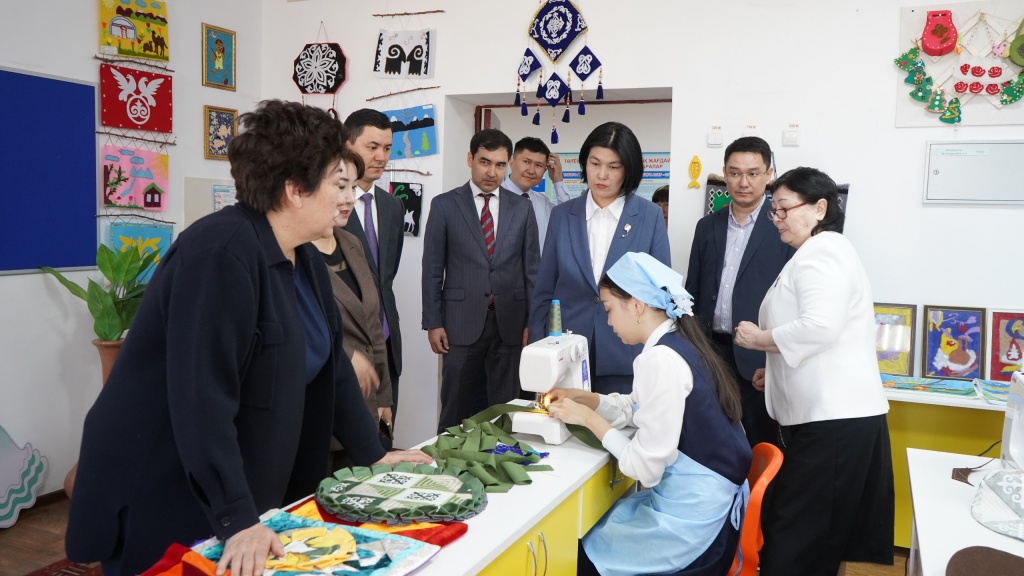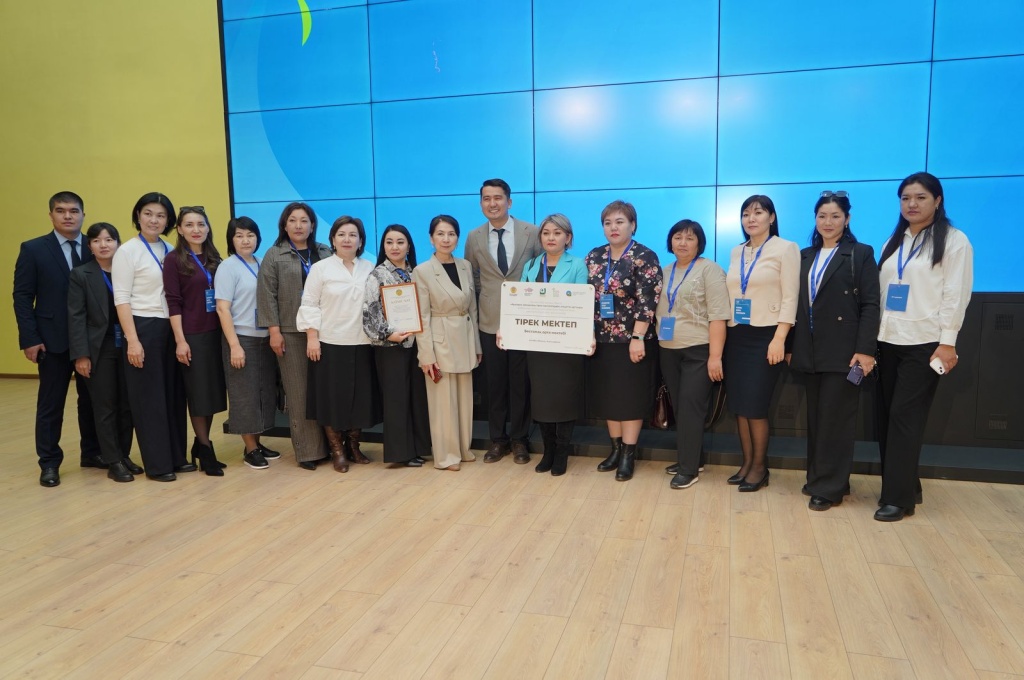Генассамблея ООН: Центральная Азия формирует новые смыслы устойчивого развития
Гульзира Еркебаева: Опорная школа – платформа для смелых решений.
Выступление директора опорной школы Кармакшинского района Гульзиры Еркебаевой на конференции Фонда "Қазақстан халқына"
В Карагандинской области запустили пилотный проект по внедрению STEM и PBL-подходов в образование
В Карагандинской области стартовал пилотный проект по внедрению STEM-обучения в систему дополнительного образования. Инициатива направлена на то, чтобы превратить кружки и секции в современные центры развития детей, где школьники смогут осваивать робототехнику, программирование, искусственный интеллект и даже создавать собственные медиаформаты.
Из Ганы в Катон-Карагай: иностранный преподаватель вдохновляет сельских учеников на изучение английского и STEM
Преподаватель из Ганы Ебенезар Йебоа Овусу стал первым участником инициативы, которая делает глобальное образование ближе для сельских детей.
Августовский саммит: опорная школа стала школой мечты для сельских детей
# Опорные школы
06.08.2025
Еще 51 сельская школа станет опорной
Стартовал завершающий этап проекта по развитию сельских опорных школ
Цели устойчивого развития: опыт Казахстана в здравоохранении, образовании и развитии регионов
Холдинг AITAS - первопроходец локализации ЦУР
STEM, Google и опорные школы: ключевые проекты Фонда устойчивого развития образования
ФУРО реализует масштабные инициативы по модернизации образования в сельских регионах — от цифровизации до поддержки педагогов
Опубликован аудиторский отчет ФУРО за 2022–2023 годы
ФУРО подтвердил прозрачность деятельности. Общественный фонд «Фонд устойчивого развития образования» (ФУРО) опубликовал на своем официальном сайте аудиторский отчет за 2022 и 2023 годы в разделе «Отчетность».
Как женщинам из Атырауской области попасть в мир технологий и изменить будущее: что ждет участниц STEM HANYM
Что вы на самом деле получаете, участвуя в программе STEM HANYM, и как пройти этот путь шаг за шагом.
Рустем Ермеков: как ИИ и STEM меняют школу
Интервью с Рустемом Ермековым — IT-педагогом года в ЦА, лауреатом Forbes «30 до 30», разработчиком Qbit и амбассадором цифровой трансформации в образовании.
Состоялось второе заседание Попечительского совета Фонда устойчивого развития образования
13 июня 2025 года в Университете Coventry (г. Астана, шоссе Коргалжын, 13а) прошло второе заседание Попечительского совета Фонда устойчивого развития образования (ФУРО)
Google for Education: Более 200 учителей пройдут международную сертификацию
В 2025 году при поддержке Министерства просвещения Республики Казахстан в сельских школах страны будет внедрена система цифровых решений Google for Education
Учитель – движущая сила равного доступа к качественному образованию – Ануар Жангозин
В своем Послании 2019 года Президент Касым-Жомарт Токаев обозначил серьезную проблему – растущий разрыв в качестве образования между городскими и сельскими школами. Главная причина — нехватка квалифицированных учителей на селе. В ответ на это Назарбаев Интеллектуальные школы (НИШ) совместно с Фондом устойчивого развития образования инициировали проект «Сельская школа: Powered by NIS», направленный на создание равных образовательных возможностей для всех детей страны.
В 2022 году благодаря поддержке фонда «Қазақстан халқына» проект трансформировался в масштабную инициативу «Развитие потенциала опорных школ в сельской местности». На сегодняшний день в проекте участвуют более 140 школ, а к 2024 году их число планируется увеличить до 200.
Опорные школы как инструмент масштабирования образовательных возможностей — Болат Жамишев
Фонд «Қазақстан халқына» был создан для решения актуальных проблем казахстанцев в ключевых сферах жизни, дополняя государственные меры поддержки. Основная миссия фонда — оказание благотворительной помощи в таких областях, как здравоохранение, образование, социальная поддержка, культура и спорт.
В процессе определения приоритетных направлений в сфере образования стало очевидно, что особое внимание следует уделить улучшению качества сельского образования. Статистика последних лет подтверждает его ухудшение.
# Опорные школы
08.05.2025
Samsung Electronics и ФУРО обеспечат новой техникой сельские школы по всему Казахстану
Samsung Electronics Central Eurasia и Фонд Устойчивого Развития Образования (ФУРО) подписали меморандум о сотрудничестве, в рамках которого планируется цифровизировать и улучшить условия образования для школьников сельское местности, а также реализовать несколько образовательных проектов
# Опорные школы
30.04.2025
Семинар: Развитие исследовательских навыков учащихся
С 21 по 29 апреля 2025 года филиал Центра образовательных программ АОО «Назарбаев Интеллектуальные школы» провел учебные семинары по теме «Развитие исследовательских навыков учащихся» в рамках проекта поддержки опорных школ в сельской местности
«Год, который изменил все: как фонд достиг пятилетних целей за 12 месяцев» – Данияр Токтарбаев
Прошедший 2024 год стал важным этапом в становлении и укреплении фонда.
Во-первых, проект «Опорные школы» развивается стабильно. За год мы подключили дополнительно 56 образовательных объектов, доведя их число до 135, что позволило приблизиться к цели, поставленной на 2029 год — формированию сети опорных школ на всех административных территориях Казахстана. Это возлагает на нас ответственность за качественное завершение масштабной программы по опорным школам, обеспечение их дальнейшей устойчивости как института, а также определение нового вектора развития фонда.
# Опорные школы
21.04.2025
20 сельских школ Казахстана станут участниками проекта Google for Education
В Казахстане стартует пилотный проект по внедрению экосистемы Google for Education в сельских школах
«Маленькие школы — большие перемены» – Ералы Тоғжанов
В последние годы наблюдается отток населения из сельской местности. Почему люди уезжают из сел? В первую очередь из-за отсутствия комфортных условий для жизни. 60% переселенцев – это молодежь. Например, только в одной Актюбинской области в 2020–2021 годах из сел уехали 17 тысяч человек. Однако, даже если люди покидают села, их проблемы не исчезают — напротив, ситуация только усугубляется. Со временем закрываются школы, ухудшается инфраструктура, а затем село и вовсе перестает существовать. За один год в стране закрываются 75 сельских школ.
Нехватка учителей: как решается проблема в отдалённых сёлах Актюбинской области?
Председатель Попечительского совета Фонда устойчивого развития образования Куляш Шамшидинова посетила сельские школы Актюбинской области
# Опорные школы
29.03.2025
Астана приняла участников республиканского интенсива для сельских педагогов
В Астане прошел республиканский интенсив «Ауыл мектебі – жаңа мүмкіндіктер арнасы» для педагогов опорных сельских школ, организованный автономной организацией образования «Назарбаев Интеллектуальные школы»
«Будущее начинается в школе» – Куляш Шамшидинова
Образование — основа, на которой строится будущее общества. Современные тенденции в этой сфере ориентированы на цифровизацию и гуманизацию, чтобы создать образовательную среду с учетом потребностей каждого ученика. Цифровые технологии открывают доступ к новым возможностям, что делает обучение более доступным и разнообразным, превращая детей из пассивных получателей знаний в активных участников учебного процесса.
«От мечты к реальности: проекты ФУРО охватили все сельские районы Казахстана» – Серик Толукпаев
Для меня сфера образования – не просто направление деятельности, а глубоко личная история. Мой дедушка был одним из первых учителей в Катон-Карагайском районе Восточно-Казахстанской области, родители также посвятили свою жизнь преподаванию. И хотя судьба распорядилась так, что я не продолжил учительскую династию, стремление внести свой вклад в развитие образования осталось в моей генетической памяти.
